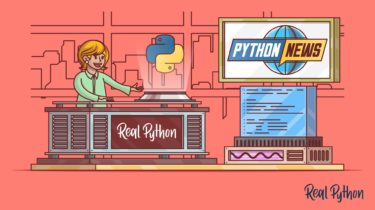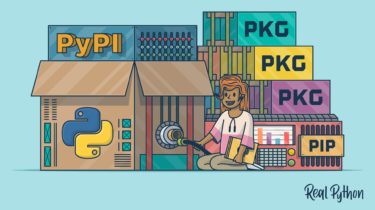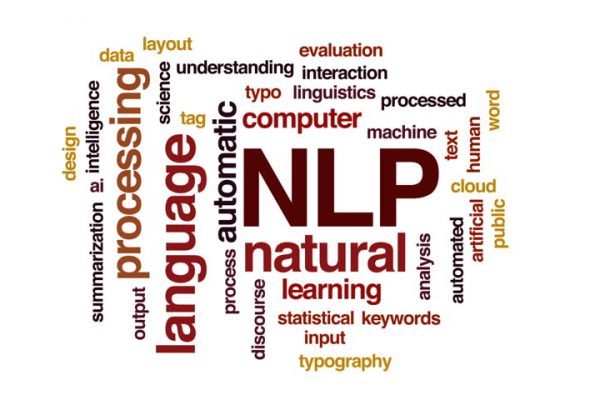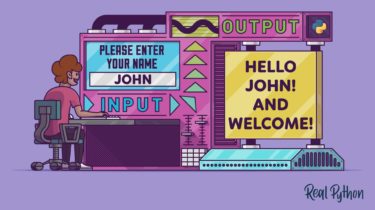Python News: What’s New From January 2022?
In January 2022, the code formatter Black saw its first non-beta release and published a new stability policy. IPython, the powerful interactive Python shell, marked the release of version 8.0, its first major version release in three years. Additionally, PEP 665, aimed at making reproducible installs easier by specifying a format for lock files, was rejected. Last but not least, a fifteen-year-old memory leak bug in Python was fixed. Let’s dive into the biggest Python news stories from the past […]
Read more




